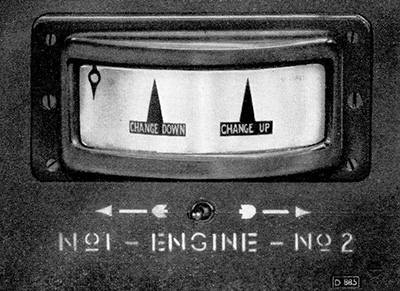Yellow Diamond Electrical Control System
Introduction
The principle differences between the Yellow Diamond and the later Blue Square control system:
- no relays for communication with other vehicles.
- circuits had a common + rather than common -
- the throttle control circuits
- there was no dedicated engine stop for the full train, a throttle circuit was used
- in the cab there was an individual start button for each engine on a train, the blue square system had just two, one for all left the left side engines and one for all the right one
Description
From the BUT Lightweight Service Manual:
The driving controls are electo-pneumatic in operation, the air flow being regulated by a number of solenoid operated valves through switchgear housed in the driver's control table.

An engine speed indicator, fitted to the driver's control table, is operated by generators mounted one on each engine.
Indication of the speed of either engine may be obtained by movement of the indicator switch provided.
A water level switch causes the engines to be stopped when the water in the header tank reaches a low level.
Facilities for starting or stopping the engines are provided by push buttons mounted on the control panel situated in the drivers cab; auxiliary start and stop buttons are provided adjacent to each engine.
Also mounted on the control panel are the headlight switches, indicator lights for oil and air pressures and "deadman's" indicator light.
The above was repeated in the manual for the Blue Square vehicles with very minor changes, despite the technical differences the principle of operation was the same.
Schematic
These are the two schematic wiring diagrams that were included in the BUT manual that covered the Yellow Diamond vehicles.
They give a general overview of how all the items described in this section are connected.
The first covers most of the Derby Lightweights, those with the dynamos fitted to the engines, the second covers the Met-Camm Lightweights.
As noted on the first, the wiring for the Derby Lightweights with the frame mounted dynamos (79118-49, 79169-81, 79184-93 and 79900/1) would differ by having engine starter relays as per the second drawing and the omission of the engine starter switches.




